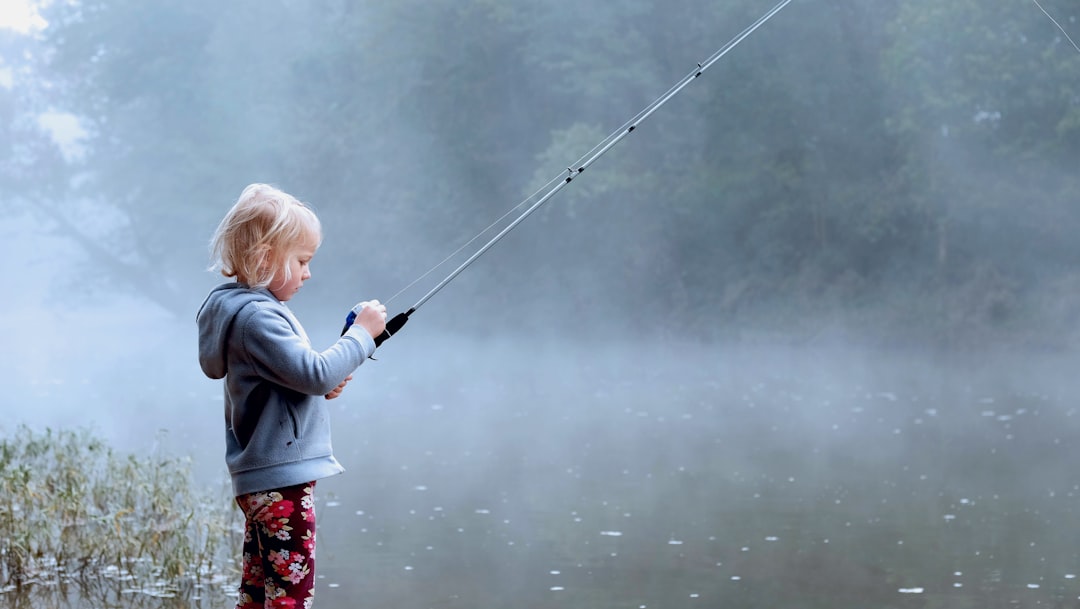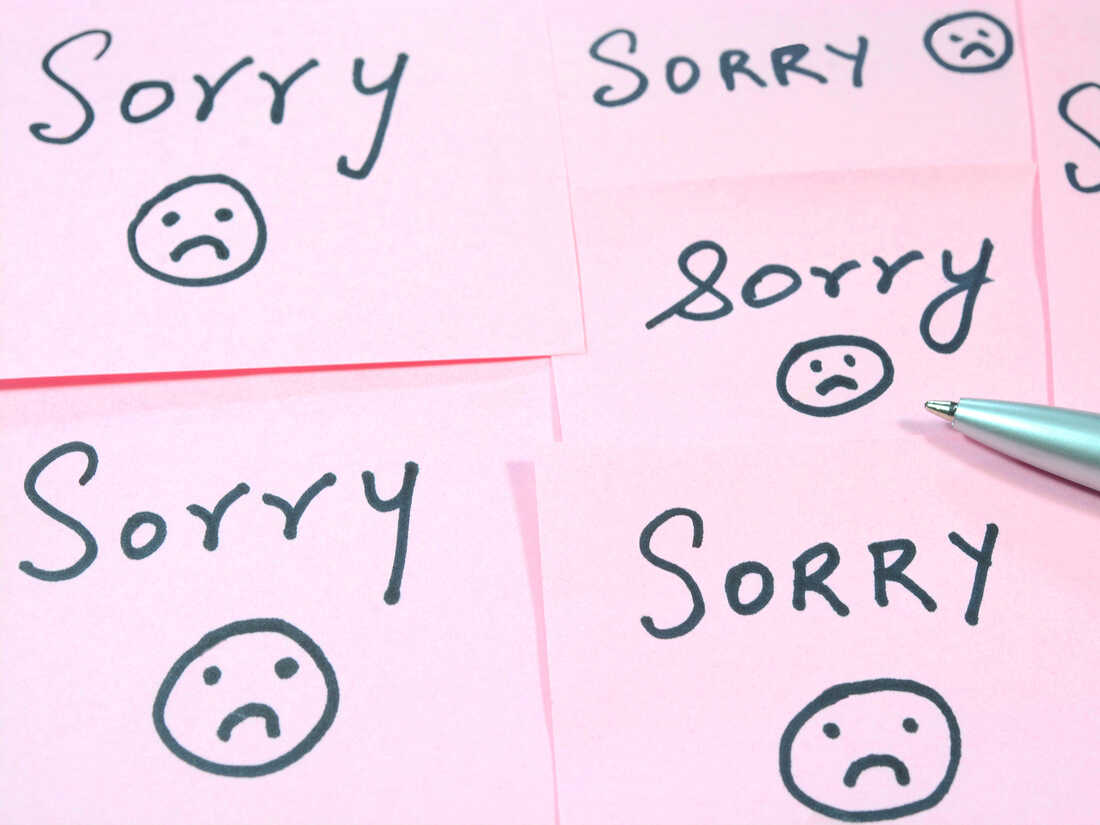T R O D D E N
are the paths we all walk but rarely in the same way and even more rare, at the same time. No matter what trails choose us as we step out, they quickly put meanings to our steps. Sometimes those steps are ones that are backwards, where we can pause and look at where we may be headed even in the Unknown Going. . .
Twice in the past month these words have come down my path from the wisdom of the desert and they soothed my walk without making me stumble (except into something good)
N.463 ( cf. 2.33) Anonymous Sayings of the Desert Fathers
An elder said: ”In the same way no plant whatsoever can come up on a well-trodden highway, not even if you throw seed on it, because the surface is well trodden down, so it is with us. Retire quietly from all business and you will see things growing that you did not know were in you, for you were walking on them.
 In the Unknown Goings
In the Unknown Goings
sometimes there’s a Trail
not for the Traveling
It’s not a treacherous road
but it’s only to be trodden
by the Weary
seeking rest
On this byway to
NOWHERE
there’s a leading to the best
SOMEWHERE
I’ve ever ended up
And without wanting to return
I’m always back in the thick
of the Thoroughfare
trafficking away my
tranquility








 When it comes to
When it comes to 










